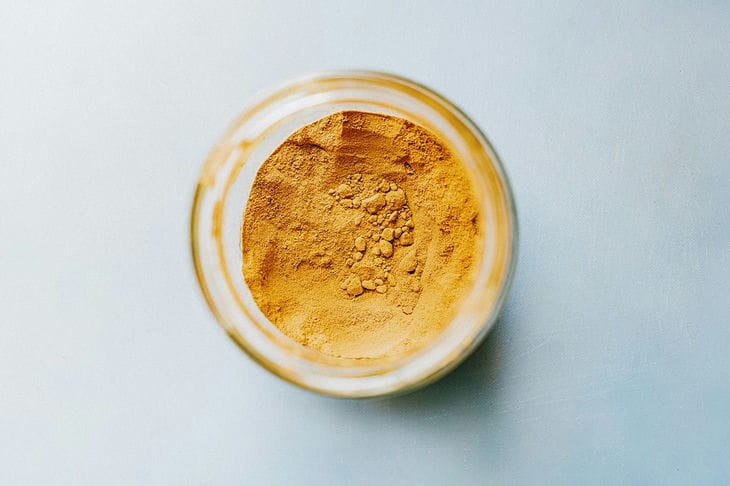How to Dye Easter Eggs with Turmeric: What Are the Benefits of This Method, How to Do It Right
Easter eggs are a symbol of spring, renewal and joy.
And while traditional methods of dyeing eggs with bright store-bought colors are always in fashion, using natural ingredients adds not only color but also uniqueness. So it's worth figuring out how to dye Easter eggs using turmeric.
Why you should try this painting method
Turmeric is a spice that not only adds aroma and flavor to dishes, but also has an amazing golden color. Using it to color eggs gives them an unusual and elegant look, emphasizing the festive atmosphere of Easter.
Preparation
The process of coloring eggs with turmeric is simple. First, you need to prepare a decoction of turmeric, the scheme of its preparation:
1. You need to boil turmeric for about 15 minutes.
2. When the water turns orange, it needs to be turned off.
3. Wait until it cools to room temperature.

The concentration is a bit more complicated, because it needs to be selected individually. If the color is not saturated enough, you can add a little turmeric during the cooking process.
How to create patterns
To create designs, you can use wax markers or a regular candle to create designs on the eggs before dyeing. When you dip the eggs in the turmeric infusion, the areas where the wax or candle was applied will remain unpainted, creating unique patterns and designs.
Why do many people choose this method?
Dyeing eggs with turmeric not only gives them a beautiful golden hue, but also enriches them with natural nutrients.
Turmeric contains many beneficial elements such as curcumin, which has antioxidant and anti-inflammatory properties.
Thus, painting eggs with turmeric not only decorates the Easter table, but also makes it more useful.
Previously, we reported on how to make delicious smoothies without harming your body.
